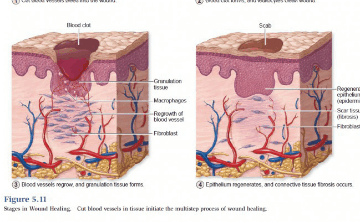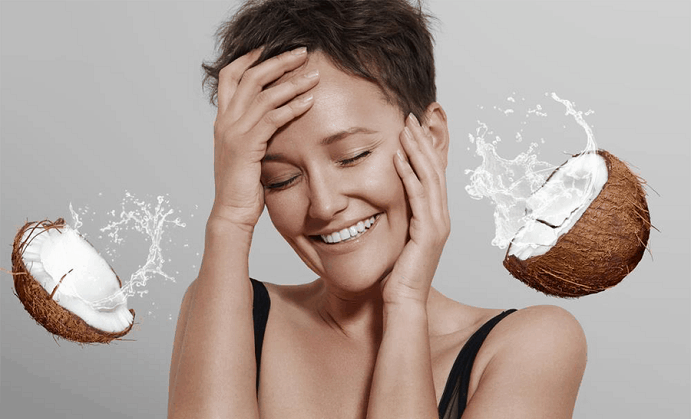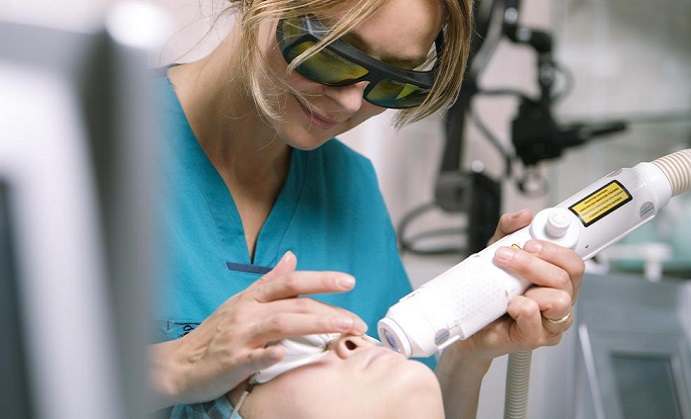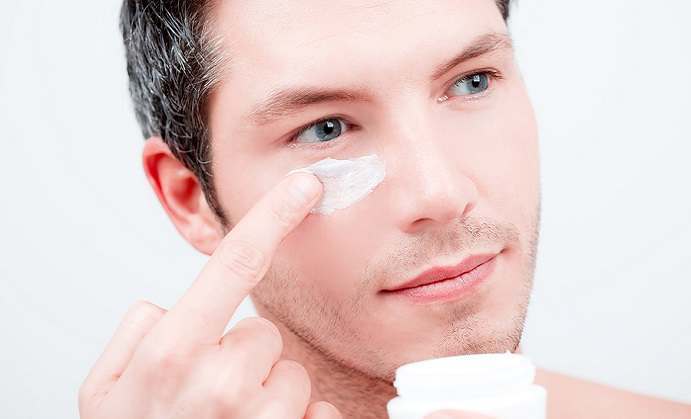Scars form once a wound heals. There are several factors that contribute to what type of scar forms after the healing process is completed. There are scars that are barely noticeable and will disappear over time and there are scars that are quite visible and are most often than not, permanent. The factors that attribute to the scar formation include skin type, gender, age, and skin color. Wounds heal differently for different people and there are three stages that the healing process goes through:
- The Inflammatory Stage
- The Proliferative Stage
- Remodelling Stage
We will discuss how these stages work and how each contributes to the type of scar, if any, will form as a result.
Stage 1: The Inflammatory Stage
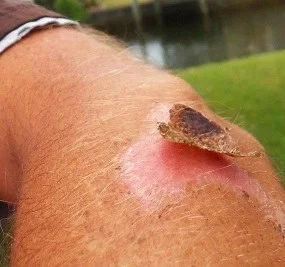 The inflammatory stage usually lasts for a couple of days depending on the severity of the injury. Small wounds, like cuts, will stay in this stage for a shorter duration than more serious injuries, like gashes and open wounds. This stage is defined by redness and swelling of the injured skin. Once the bleeding stops, the antibodies within your body converge around the wound in order to fight bacterial infection. The wound will then scab over which acts as a sort of protective wall over the wound while new skin is regenerated. As new skin is steadily formed over the wound, there will be an increase in blood flow over this particular area and that is what causes the discoloration of the newly formed skin.
The inflammatory stage usually lasts for a couple of days depending on the severity of the injury. Small wounds, like cuts, will stay in this stage for a shorter duration than more serious injuries, like gashes and open wounds. This stage is defined by redness and swelling of the injured skin. Once the bleeding stops, the antibodies within your body converge around the wound in order to fight bacterial infection. The wound will then scab over which acts as a sort of protective wall over the wound while new skin is regenerated. As new skin is steadily formed over the wound, there will be an increase in blood flow over this particular area and that is what causes the discoloration of the newly formed skin.
Stage 2: Proliferative Stage
This stage lasts for around 2 to 4 weeks. During this stage, a type of regenerative cell, called fibroblast, can be found producing around the wound. Fibroblasts are known to naturally produce collagen which acts to seal the wound and create new skin over it. This process of connecting the tissues back together usually last for 2 weeks for a small to normal sized wound and would last for a month when it comes to larger wounds.
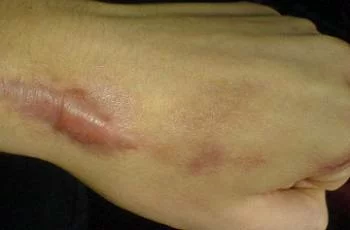 This is also the stage when new blood vessels are formed to help reconnect the broken tissue. This is the stage when you can determine what type of scar will form. For those with a highly active healing process, the collagen formation might exceed what is needed. This will leave a scar that is slightly raised giving it a lumpy look; this is called a keloid scar. Keloid scars can cause discomfort and irritation even after the wound has completely healed. Keloid scars are more prevalent in darker skinned people than people with a lighter skin tone.
This is also the stage when new blood vessels are formed to help reconnect the broken tissue. This is the stage when you can determine what type of scar will form. For those with a highly active healing process, the collagen formation might exceed what is needed. This will leave a scar that is slightly raised giving it a lumpy look; this is called a keloid scar. Keloid scars can cause discomfort and irritation even after the wound has completely healed. Keloid scars are more prevalent in darker skinned people than people with a lighter skin tone.
Stage 3: Remodelling Stage
The remodelling stage is definitely the longest of the three stages. This stage’s duration will depend on the type of wound. It can last from a couple of weeks to a couple of years. During this stage, the scar will start to fade and disappear. There are certain factors that can affect this stage such as genetics and health condition. Having a weaker immune system can greatly affect how the wound heals. Your lifestyle will also factor in during this stage. If you wish to prevent visible scarring from wounds then it is vital that you take care of the wound properly. Proper care and cleaning is important, as well as eating healthy. Vitamins C and zinc will greatly lend to the healing process so don’t forget those key nutrients in your daily diet.
Do you want to find an effective Scar Repair treatment? Check out our top rated Scar Repair products




